
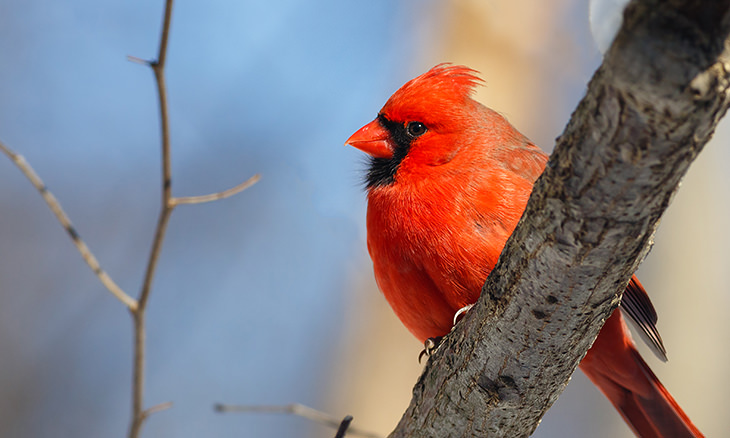
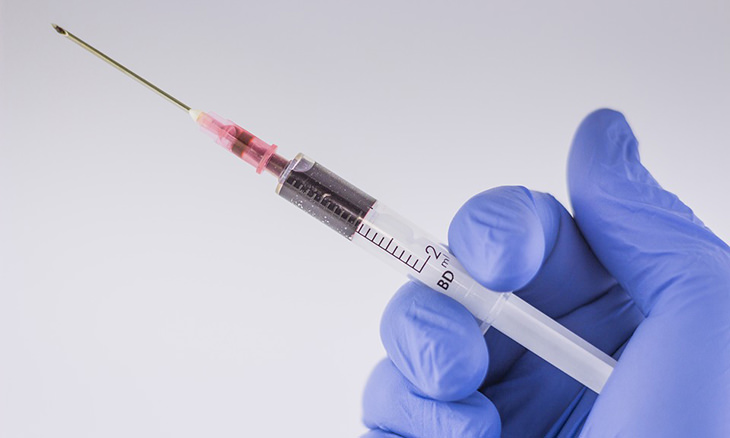
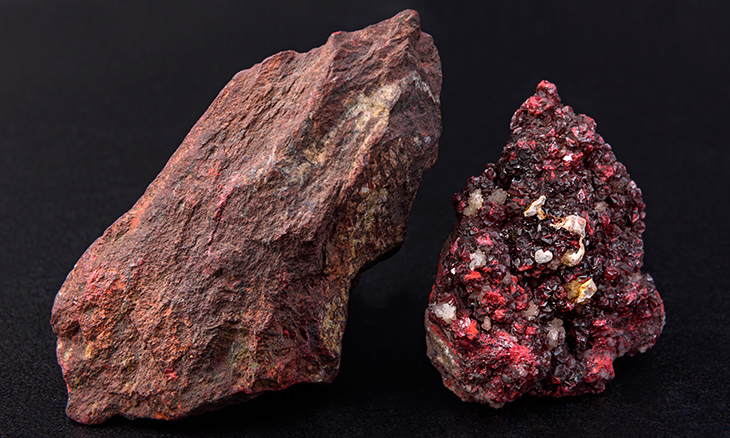
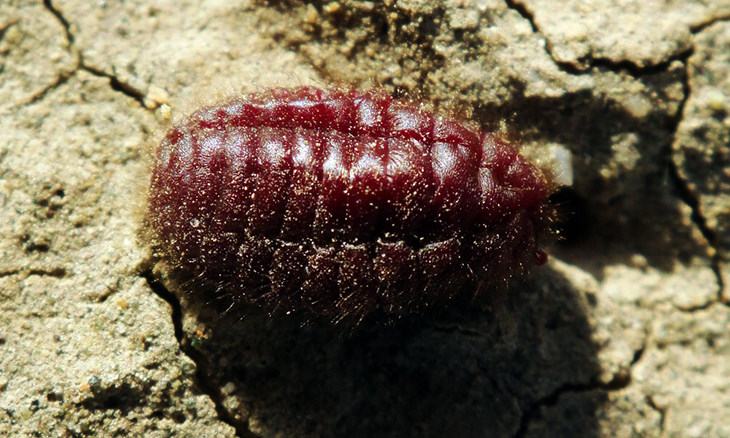
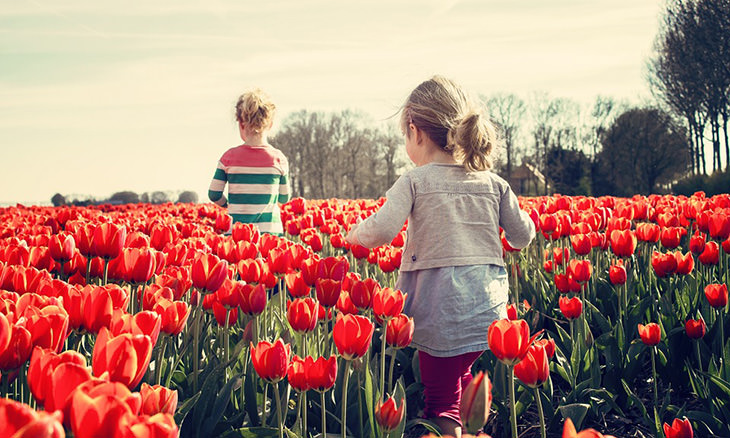

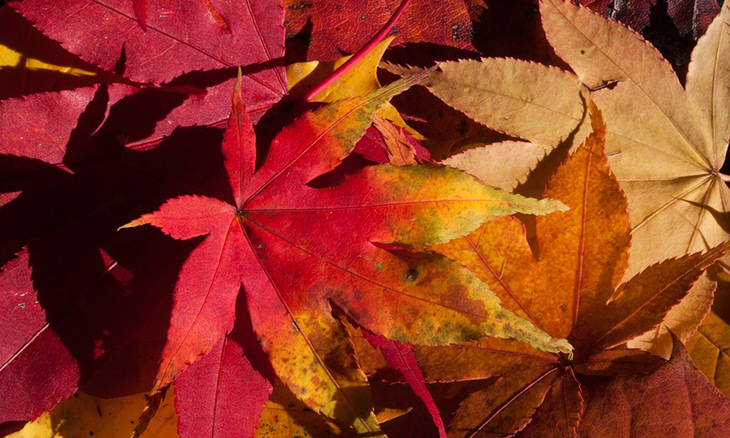
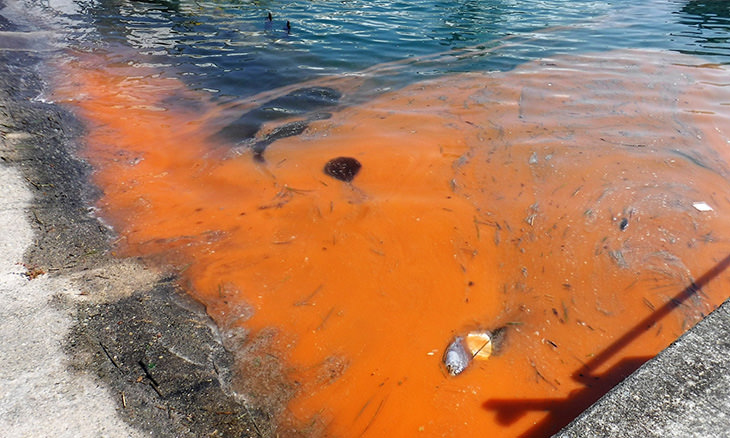
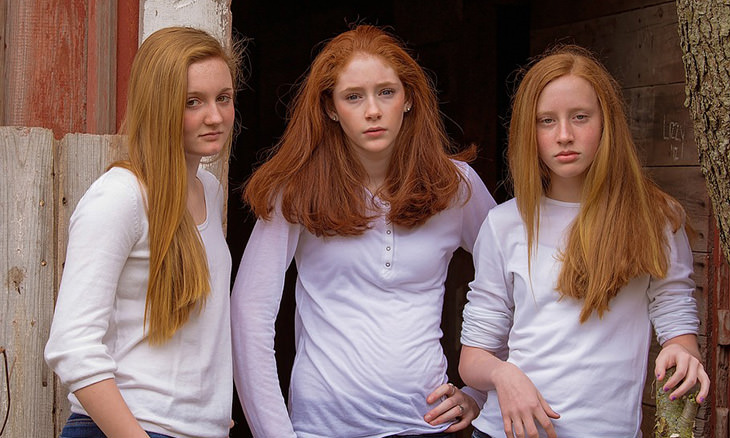
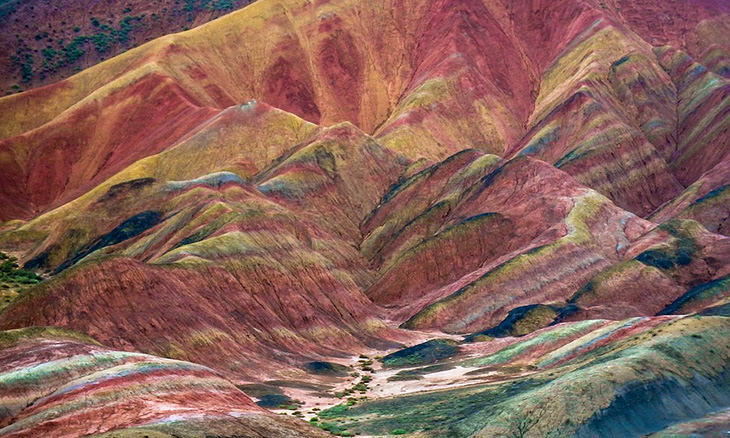
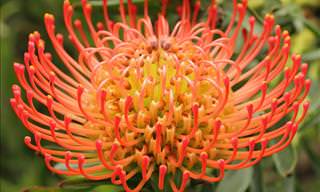
17 Flowers That Prove the World is Full of Surprises...
We've gathered for you 17 strange and extraordinary plants and flowers from around the world that all nature lovers should see...

Listen to the Trees, They Know How to Be Happy...
Arbor day and similar holidays allow us to remember the beauty of trees, but it is also an opportunity to learn a lesson or two about life.
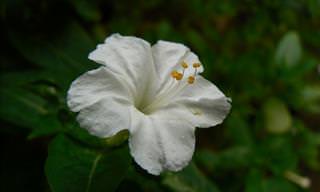
These 10 Flowers Will Brighten Up Your Garden at Night!
Flowers that bloom at night can add a touch of quaintness to your garden. Here are 10 of the most beautiful!
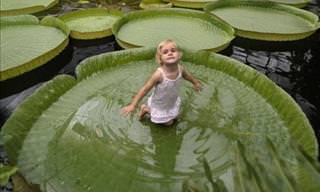
Amazing Plants: 15 Natural Phenomena That’ll Astonish You
In the next 15 pictures you'll see what vegetation can do and how strong the creative power of nature is...
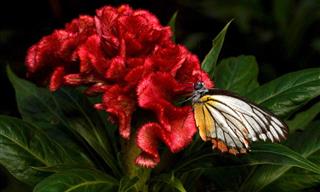
These Red Flowers Are As Beautiful As Can Be!
One simply cannot take their eyes off of these dramatic scarlet blooms!

Inspiring: 10 Things We Can All Learn from Trees...
Arbor day and similar holidays allow us to remember the beauty of trees, but it is also an opportunity to learn a lesson or two about life.
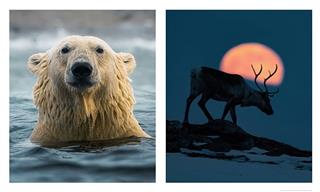
Up Close and Personal with Majestic Animals (16 Pics)
Finnish photographer Konsta Punkka captures stunning close-up portraits of wild animals.

I Bet You've Never Seen Animals Like These Before!
From a pink dolphin to a brown panda, you have probably never seen these weird and rare variations of animals.

25 Cute and Curious Animals Just Discovering the Snow
25 adorable animals are experiencing the simple pleasures of playing outside in the snow for the very first time.

15 Magical Animal Moments That’ll Make You Smile All Day!
Animals sometimes take on the role of "models" and provide photographers with the opportunity to capture wonderful moments of magic that simply warm our hearts.
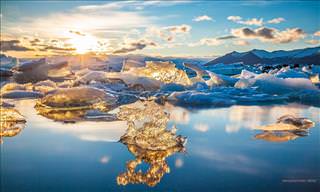
Iceland May Be Cold, But its Beauty Is Other-Worldy
Winter makes much of the world beautiful, but no where is a match for Iceland!
 7:00
7:00
Cute Animal of the Week: The Little-Known Cuscus
Today, let us introduce you to a little-known, unusual but adorable animal – the cuscus.
 5:48
5:48
Inside a Red Fox's Den, You Will Find... Cute Baby Foxes!
Watch a family of fox babies grow from cuddly grey balls of fur into playful little pups. We must say, it's one of the cutest things we ever did see!
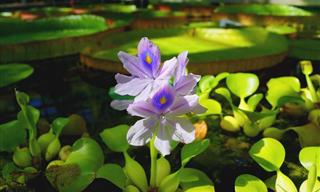
Proof that Aquatic Flowers Have No Match in Beauty
To honor the exotic beauty of aquatic flowers, we created a list of the 7 most breathtaking aquatic flowers in the world
 8:22
8:22
15 Weird Dog Behaviors Explained
Join us as we unravel the secrets of doggy behavior, helping you to connect more deeply with your loyal companion.
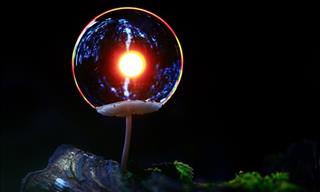
16 Breathtaking Images of Our Planet's Natural Wonders
Take a look at these 16 incredibly well-timed photos of some of our planet's most spectacular natural wonders.

20 Ways to Turn that Blank Wall into a Vertical Garden
Gardening can be done anywhere and sometimes you just don't have land. That hasn't stopped these creative people from growing plants in all sorts of spaces.
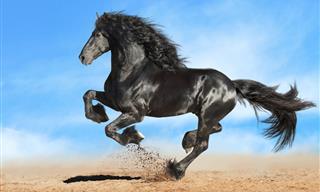 4:19
4:19
This Horse Breed is One of the Most Royally Graceful...
These horses truly display the traits and gracefulness that have caused man to fall in love with this animal, so long ago.
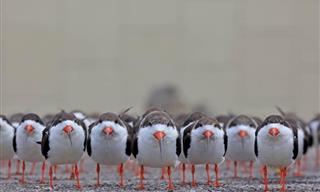
Nature Photos Rarely Get Any Better Than This! (20 Pics)
Check out the breathtaking winners of the GDT Nature Photographer of the Year 2024.
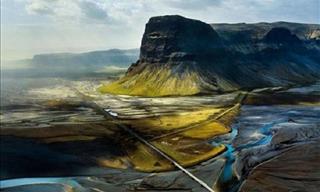
15 Magical Pics Presenting Nature in Its Finest Glory
Take a look at this magnificent collection of nature pictures that will transport you to a different world.

10 of the Largest Living Birds in the World
Check out this list of the largest and heaviest birds that inhabit our planet today.

Nature is Amazing in So Many Ways – 20 Beautiful Pics
The wonders of nature never cease to amaze us. Check out some glorious nature pics here.

If You Want to See Some Breathtaking Beauty, Come In Here...
Check out the astonishing winning panoramic images from the 2023 EPSON International Pano Awards.
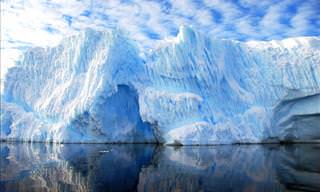
The Icy Reaches of Antarctica Are Breathtakingly Beautiful
Antarctica is a continent completely covered in a thick layer of ice. It is harsh, cold, and majestic.
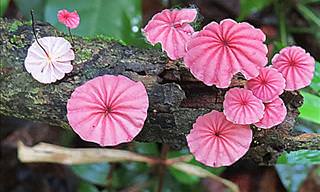
A Rainbow Can Be Made From Mushrooms If You Look Right...
Mushrooms and other fungi aren't usually the most interesting, but if you find the right ones, they can fill your day with color!
 3:28
3:28
Wildlife Is Even More Beautiful In 4K Definition!
The wildlife in Myanmar is beautiful, and we're lucky enough to witness it being captured in 4K definition. Enjoy!
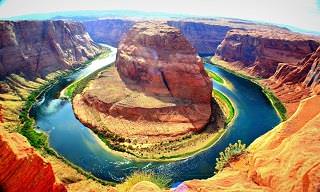
The World Is Full of Beauty, but These Rivers Top It All
These are 15 of the world's most spectacular rivers. Their beauty will mesmerize you!

WOW! Few Birds Compare to the Majesty of the Mighty Eagle
This bird is unique, and incredible. Learn more about the mighty eagle here.
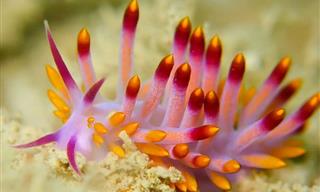
The Ocean’s Floor Is Alive with Colorful Sea Slugs
The ocean is vast and mysterious, populated with alien like colorful creatures. These sea slugs are mesmerizingly beautiful.
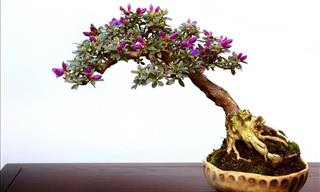
The Japanese Art of Bonsai Makes Miniature Gods of Us!
It has taken a lot of gardening patience for someone to grow these pot sized bonsai beauties, and - boy! - aren't they worth the wait!

The Most Incredible Animal Friendships!
in reality, animals can sometimes remind us of childhood stories and tv programs - sometimes the unlikely friendships are indeed made by animals, and here's the proof:
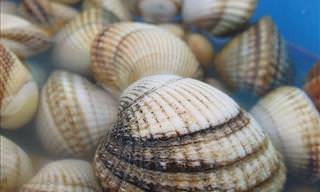
The Most Beautiful Seashells From Around the World
Every collector and beach goer in the world need this information on different seashells that are found from coast to coast.

We Have Never Seen Majestic Birds Shot From This Angle!
Nature photographer Ruurd Jelle van der Laij has been documenting birds for years, and over time he caught a few very funny shots of magnificent birds
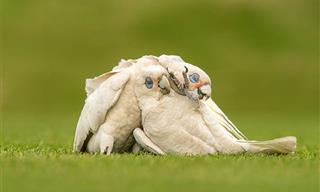
In Pictures: 2023 BirdLife Australia Photography Awards
Check out the majestic winners of the 2023 BirdLife Australia Photography Awards.
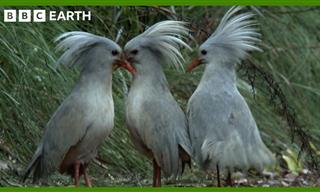 3:25
3:25
Meet the Mysterious Flightless Bird of New Caledonia
The kagu is one of the most curious birds in the animal kingdom.
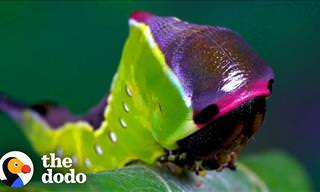 4:21
4:21
Time Lapse Video: From Cute Caterpillar to Gorgeous Moth
Timelapse video shows a caterpillar's transformation into adult moth
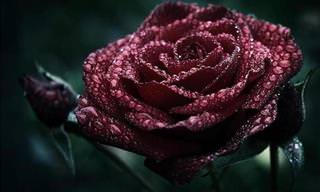
Beautiful! The Color of a Rose Conveys a Special Message
Roses are the most well known and celebrated flower in the world. You may be surprised to discover the meaning of roses and their various colors.
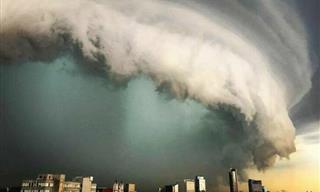
When Nature Strikes, You Can't Hide: 16 Captivating Photos
These 16 photos reveal nature’s fierce side.
 14:17
14:17
Who Needs Superheroes When We Have These Dogs?
Take a look at the extraordinary stories of five remarkable dogs who save lives and stop crimes.

Celebrating the Majesty of Indian Tigers - 14 Photos
Photographer Jitender Govindani's camera captures the majesty of Bengal tigers as they roam freely through India's jungles.

Salmon vs. Tuna: The Key Differences You Should Know
Both salmon and tuna are great seafood choices to add to your diet. But which one's healthier?

From Alabama to Wyoming: 50 States Blessed with Fall Colors
Before the winter months take over, let's enjoy the beauty of fall in 50 U.S. states.

These 10 Animals Have The Strangest Qualities
Animals do the weirdest things sometimes. These animals will have you scratching your head for days.
 2:17
2:17
This Incredible Animal Video Had Millions Talking About It!
From the moment these baby iguanas hatch, they are faced with a life or death situation. Can they survive the snake gauntlet?

Stunning Dogs in Their Natural Environments
These photos capture dogs amid Austrian wilderness. And the results are truly magical, capturing some enchanting portraits. Take a look for yourself.

These Comedy Wildlife Photos Are Hilarious
Check out 20 of the best entries from 2018's edition of the Comedy Wildlife Photography Awards.


